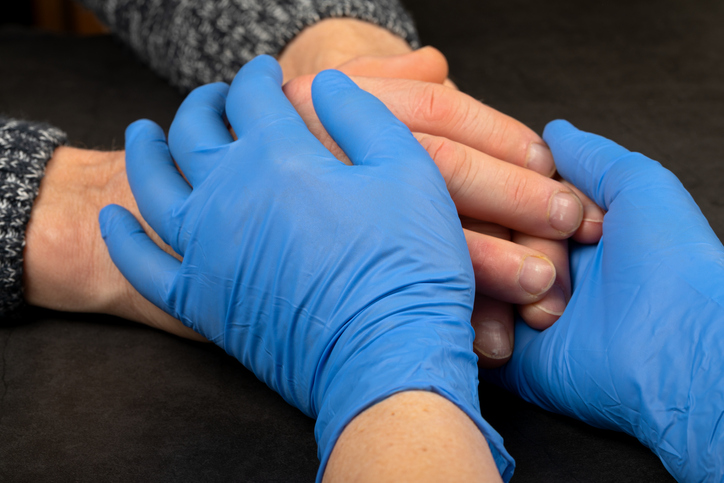With England and Wales recording 4,343 care home coronavirus deaths in a fortnight*, John Craig’s latest blog reflects on the future priorities of care homes and how Care City is responding right now.
Today’s figures for deaths in care homes over the last week – even by the standards of the Covid-19 emergency – are truly shocking. I cannot pretend to have really processed the news, but Care City is working on how to respond.
The urgent question is how to help care homes today. Care City is working to implement remote diagnostics within care homes and to enable social connections between residents and their families. More generally, as it becomes clear that the NHS has not been overwhelmed, the whole health system needs to ask itself and keep asking, is there anything more we can do to help care homes and their residents?
In the longer-term – and happily in health, that now means over the coming months! – we need to think about what we want to change in care homes and in the support they receive. This crisis has laid bare for everyone something that had stupified me in the past, and which I wish I had found a way of expressing more forcibly: A gap was allowed to grow between what happens in care homes and professional and public perceptions. Care home residents became gradually older, sicker and more complex. Care home staff grappled with tougher issues of dementia, medication, serious illness and end of life, and the wider system could have done more to help.
Beyond pay and PPE, which are clearly both vitally important – three priorities for the future of care homes are already clear:
- Care homes need better technology and equipment. New guidelines suggest that they now monitor patients’ vital signs in the way nursing homes do. But, let’s be clear, for many care homes, the first steps in this emergency have been getting online, getting bandwidth and wifi and getting an NHS email. There is a revolution happening in digital monitoring and diagnostics, and for too long, care homes have been cut off from it.
- Care homes also need better partnerships with primary care. The Enhanced Health in Care Homes was the Vanguard that most clearly succeeded, and the key features were included in the Long-Term Plan. From October, care homes should benefit from more systematic, joined-up support from primary care, and this cannot come soon enough. However, resources are far from unlimited – primary care will need to build innovative, trusting partnerships with care homes to really ensure they get the help they need.
- Beyond the help and equipment we provide to care homes, we also need to support learning and development within care homes. The recent spat about whether care is a skilled profession was interesting. The determination to say that care is skilled is understandable, but it obscured the way in which care staff have been starved of opportunities for learning and advancement – many carers would like to be more skilled. Care City’s Expert Care work has already shown that carers can take basic observations, on behalf of primary care. And later this year, some of the first Apprentice Nursing Associates from social care and working in social care, will begin their training in East London. It may be that every care home needs a nurse, but in the next few years at least, they cannot have one. It won’t be enough to pay carers better and equip them better, we need to invest in their learning, their careers and their lives.
*Figures taken from The Guardian, 28th April 2020


